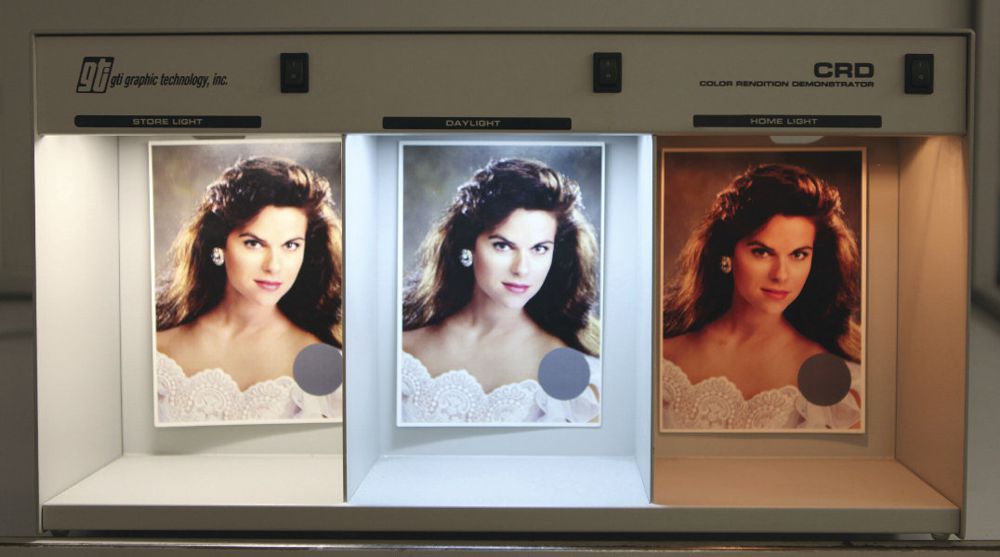Nazdar Ink Answers: why is lighting crucial to colour-matching?
Nazdar Ink Technologies has revealed some of the most regular topics to come up in its Ink Answers programme.
Remember 'The Dress' back in 2015? What was your take – white and gold or blue and black? The discussion divided the internet (and perhaps a few friendships) but it was more than an online sensation: it brought to light how our perception of colours is far from consistent. In fact, the extent that lighting affects colour matching is a frequentlyasked question for Nazdar Ink Answers, a service that offers expert advice to print professionals.
According to Nazdar's specialists, lighting can have an enormous effect on a print's appearance, especially when colourmatching. You could achieve a good contrast in one type of lighting then see it washed out in another type, for example. Similarly, a print may have subtle warm tones in one setting and appear overly orange in another.
Ideally, prints would always be proofed in their exact end-use environment; if a print will mainly be seen in daylight, it makes little sense to proof its colours under a desk's fluorescent lighting, for example. However, since this isn't always feasible, accuracy and consistency of proofing are essential throughout production. Such practices have been set in ISO 3664; by adhering to both the lighting and environment standards it describes, you can expect to maintain colour expectations.
Technology can help overcome the limits of the human eye. A spectrophotometer can be used to capture and evaluate colour to provide a valuable starting point for matching. However, they can't always take into account all factors such as enduse lighting and can be affected by optical brighteners in substrates and inks, making the reading less reliable.
Moreover, because of differences in substrate and/or ink composition, even colour matches under one light setting can sometimes appear dissimilar under another. Pantone's Lighting Indicator stickers can help. Under standard D50 Lighting the two colours appear to match, indicating that your lighting conditions are good for evaluating colour. However, when the lighting condition is changed, the difference between the colours is evident, showing that your light is not optimum for matching. Whatever your end-use lighting conditions, it is important to consistently proof under these settings at each step.
Nazdar advises its customers to create the best proofing environment possible. All non-target surfaces in the colour-matching area should reflect as neutrally as possible so as to remove even subtle contaminants that can affect a print's apparent hue. Ensure light bulbs are evenly spreading light across the area and change them regularly to ensure consistent intensity; remove other light sources, brightly coloured or reflective clothing and other objects from area; and paint walls the ISOstandard neutral grey.
By maintaining strict colour-matching standards and accounting for lighting's influence, colour can be accurately managed throughout the print process – avoiding arguments over whether a print is white and gold or blue and black.

